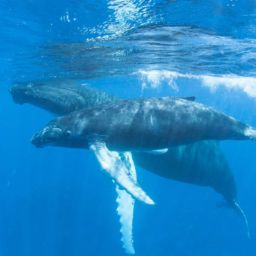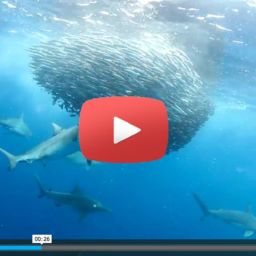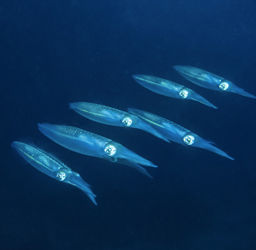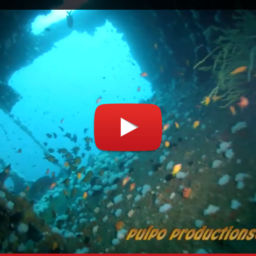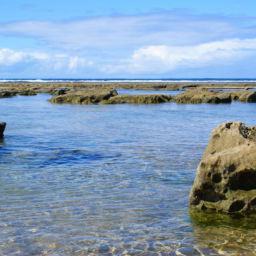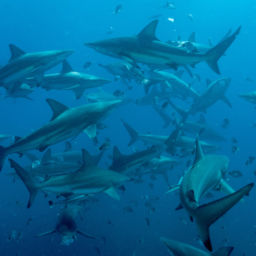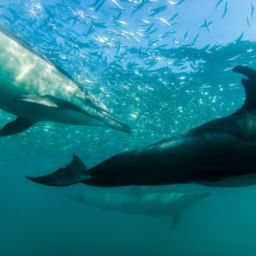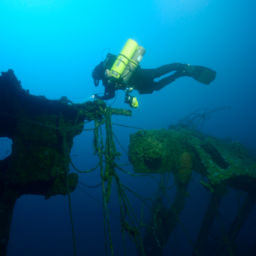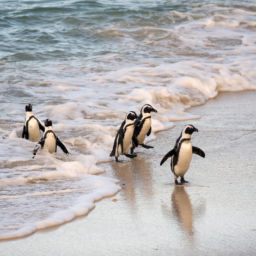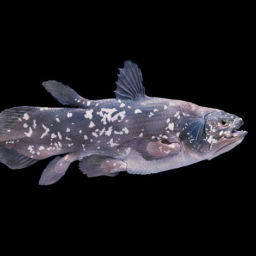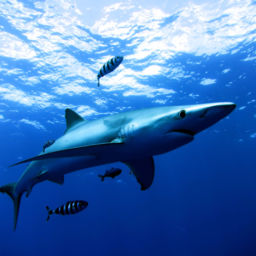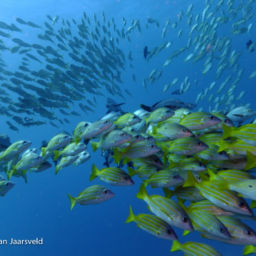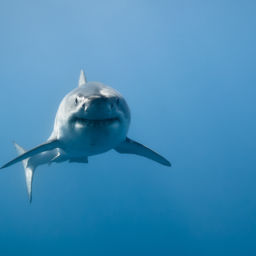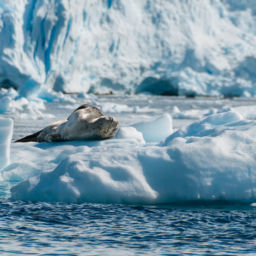Umzumbe on the south coast of KwaZulu-Natal in South Africa is not a particularly famous dive location. On November 22, 2019, however, a group of local divers set out to dive a reef that they had never dived before and discovered something remarkable: a coelacanth.
Umzumbe residents — and father and son — Mike and Alan Fraser joined Pieter Carstens and Bruce Henderson on what was supposed to be a casual dive. Bruce had planned on diving in Sodwana Bay — specifically to see the coelacanth in the area — but he couldn’t get the required permits in time. He contacted his old friend, Mike and decided to join them on a dive in Umzumbe.
On the way to the dive site the divers joked about finding a coelacanth on the reef that they were going to explore. But during the dive the jokes turned to joy. Mike was at the back of the group with the marker buoy while his son, Alan, was swimming toward the reef just ahead of the other divers. Mike heard Alan shout Bruce’s name and thought that there might be a large shark around. When he got closer to the other divers, he recognized that Alan was saying ‘coelacanth.’
An amazing discovery
Pieter and Bruce were on open circuit trimix while Mike and Alan were diving on rebreathers with trimix diluent. Mike describes finding the coelacanth as a surreal experience.
“I seriously thought that nitrogen narcosis had gotten to me, but when I looked at where Bruce was shining his torch and shone mine in the same direction, I knew that it was for real,” he said. It was the most amazing experience of my 31-year scuba diving career — old four legs in the fin-waving flesh.”
The divers managed to record the single coelacanth (No. 34) with a GoPro 7 on a secret reef about .6 miles (1 km) from the edge of the continental shelf. The maximum depth of the dive was 236 feet (72 m) with a total bottom time of 15 minutes. The coelacanth was at 223 feet (68 m), hanging nearly motionless under an overhang. The divers estimated that it was between 6 and 6.5 feet long (1.8 and 2 m) and weighed around 220 pounds (100 kg). Its larger size means that it is likely a female.
The discovery of coelacanth No. 34 indicates that they might live further south than originally thought. Over 80 years ago a coelacanth was caught off East London. This individual was believed to be a stray, but this new discovery might show that there is a resident population in the area, one that purposefully moved to more suitable habitats than the tropics (which they usually prefer).
The divers have attempted to return to the dive site but strong currents in the area has made it impossible so far.new


